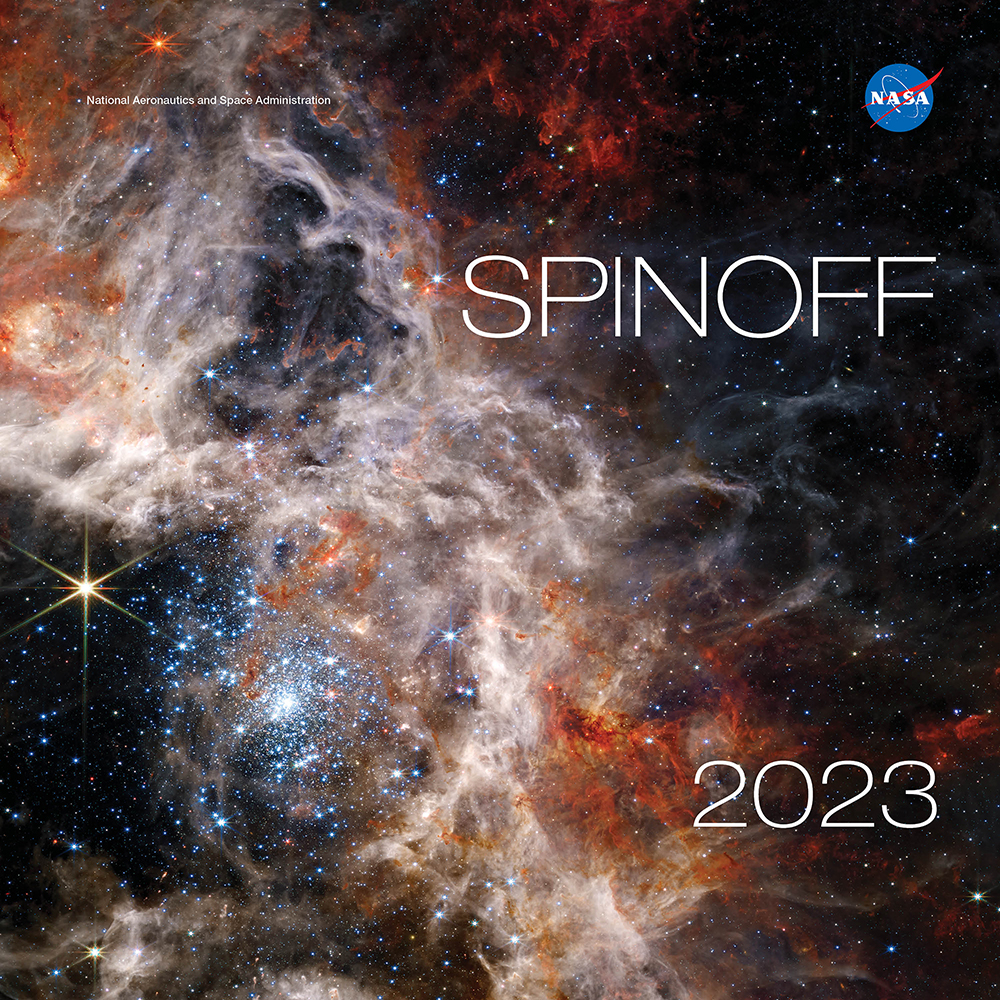NASA Spinoffs Feature NASA Stennis Developed Technologies
Published 11:50 am Sunday, February 5, 2023
When it comes to NASA, most people look to the skies as rockets, rovers, and astronauts push the boundaries of space exploration. But the benefits of going above and beyond can be found here on Earth through products and services born from NASA innovation.
The latest edition of NASA’s Spinoff publication features dozens of new commercialized technologies that use the agency’s technology, research, and/or expertise to benefit people around the globe. It also includes a section highlighting technologies of tomorrow.
“From the heavens to hospitals around the world, NASA spinoffs are improving life for all of humanity,” said NASA Administrator Bill Nelson. “The work NASA does in research and technology gives businesses a competitive edge, driving an economy that allows America to compete globally and creating good-paying jobs for this generation – and the next.”
NASA’s Spinoff 2023 features more than 40 companies using NASA technology, research, and funding to create better batteries to store green energy, improve airport ground traffic to save passengers and airlines time while cutting fuel costs, distribute ventilators around the world, and even heal wounds faster on humans and animals alike.
The 2023 publication also features a section highlighting technologies developed at various agency centers and available for use by various industries. Two valve technologies developed at NASA’s Stennis Space Center near Bay St. Louis, Mississippi, and promising greater reliability and performance are featured.
“Before it launched and gave us a new view of the universe, NASA’s James Webb Space Telescope was already improving one of the most common eye surgeries on Earth,” said Jim Reuter, associate administrator of the agency’s Space Technology Mission Directorate (STMD). “This is just one example of how the technology we develop for space exploration is improving the quality of life for people here on Earth.”
This year in Spinoff, readers will learn more about:
- How companies are using satellite data to boost human resiliency to climate change and protect homeowners against disasters such as wildfires and floods
- A new, sustainable, meat-free protein alternative born from NASA-funded research at Yellowstone National Park
- A robotic astronaut’s deep-diving successor that’s ready to work in offshore operations like oil wells, wind turbines, and fish farms
The publication also features a new cancer diagnostic tool informed by research on astronauts exposed to space radiation while aboard the International Space Station, a NASA-designed technology that helps find trapped people in the wake of disaster, and a new 3D printing modeling program that uses “digital cloning” to cut costs and speed up development of complex industrial parts.
The Spinoffs of Tomorrow list in the publication includes two NASA Stennis valve technologies:
- Floating Piston Valve. The NASA Spinoff 2023 publication describes the valve developed at NASA Stennis as a “novel approach to low-maintenance, actuator-less valves.” Designed to work with extremely high pressures, the valve uses a piston approach to control system flows, eliminating the need for a conventional actuator. The NASA Stennis valve also does not require the use of valve stems and stem seals, while ensuring consistent seating force regardless of pressures. The innovative valve offers greater reliability and seat life, thus reducing maintenance downtime and costs. In addition to its use in propulsion testing, the valve has applications for power plants, chemical refineries, and pharmaceutical manufacturing.
- Cryogenic Butterfly Cam Valve. According to the NASA Spinoff 2023 book, the unique butterfly valve designed at NASA Stennis provides “no-leak” performance in a broad range of temperatures. The NASA Stennis valve addresses a key disadvantage of current butterfly valves, which require the butterfly disc to establish a tight seal at exactly 90 degrees. Providing additional torque to the valve may cause the disc to rotate beyond 90 degrees, allowing fluid flow. Current butterfly valves also usually fail leakage tests when used with liquid nitrogen, a key cryogenic in propulsion testing. The simple NASA Stennis design remedies these issues by allowing rotation of the valve shaft, enabling the disc to slide until it seals tightly despite temperature changes. The NASA Stennis valve can be used in various aerospace, natural gas, and cryogenic plant systems.
“It isn’t just the commercial space industry that can leverage our innovations,” said Daniel Lockney, executive of NASA’s Technology Transfer program. “Practically any industry area can find a NASA technology as a solution to its business needs. Our scientists, researchers, and engineers are constantly creating new materials, software, tools, and more. If it isn’t here now, it soon will be.”
Spinoff is part of the agency’s Technology Transfer program within STMD. The program is charged with finding the widest possible applications for NASA technology through partnerships and licensing agreements with industry, ensuring that NASA’s investments in its missions and research find additional applications that benefit the nation and the world.
Readers also can check out Spinoffs of Tomorrow, a section that highlights 20 NASA technologies available for licensing and commercialization. Some examples include a wind warning system that uses Doppler lidar alerts to protect wind turbine blades, sensors that can boost cameras to see through waves and explore ocean environments like endangered coral reefs, and a robotic exoskeleton that can help rehabilitate arm and shoulder injuries.
Those interested in licensing NASA technology are encouraged to begin their search by browsing the agency’s patent portfolio.
To read or download the digital version of the latest issue of Spinoff, visit:
For information about NASA Stennis Space Center, visit:
S23-014 Spinoff Cutline: NASA’s 2023 Spinoff publication features more than 40 companies using NASA innovations to benefit people around the globe. It also features new technology developed at various agency centers, including NASA’s Stennis Space Center. Credits: NASA





